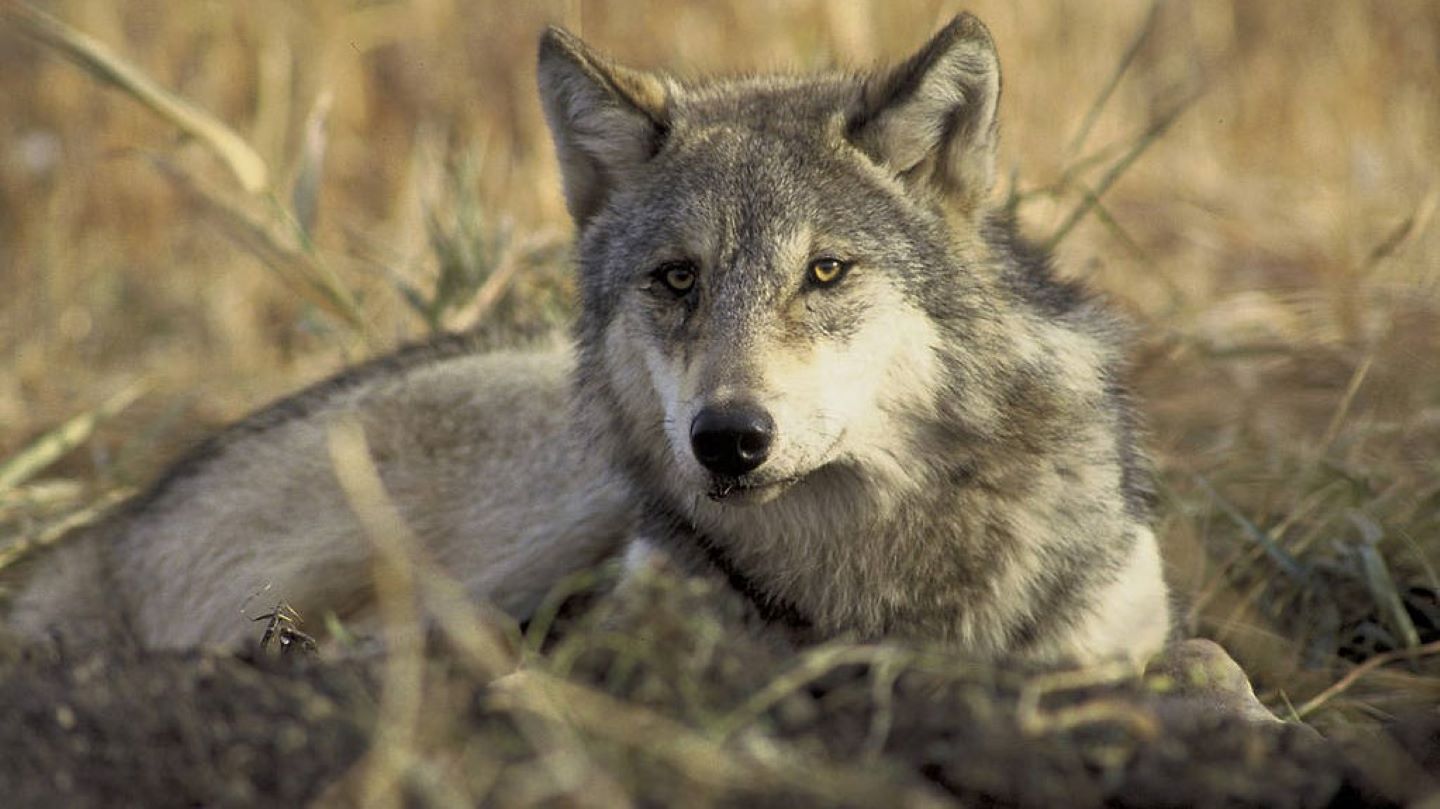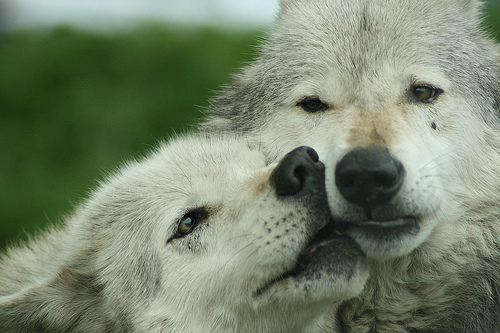
Gray Wolf (Canis lupus)
The gray wolf, once widespread across the Pacific Northwest, declined rapidly because of trapping, poisoning, and hunting as ranching and farming by European-American settlers expanded between 1850 and 1900. By the 1930s, wolves were considered eradicated from the state. Infrequent reports of animals continued in the following decades, suggesting that individuals continued to disperse into Washington from neighboring states and British Columbia..
Since 2008 wolves have continued to re-establish themselves in Washington on their own through immigration, most likely from the neighboring states and provinces of Idaho, Montana, Oregon, and British Columbia, and through reproductive success of established breeding packs. By the end of 2020, Washington Department of Fish and Wildlife had documented twenty-four wolf packs comprised of 132 individual wolves, and the Confederated Tribes of the Colville Reservation (CTCR) reported 46 wolves in five packs.
As wolves expand their range and numbers in Washington’s mountains and forests, people may occasionally see wolves or wolf sign in wild areas and rural landscapes. While the chances of seeing wolves in the wild are small, sightings can provide critical information for wildlife managers. Tracks and other signs of wolves are also important clues of the presence of this elusive carnivore.

